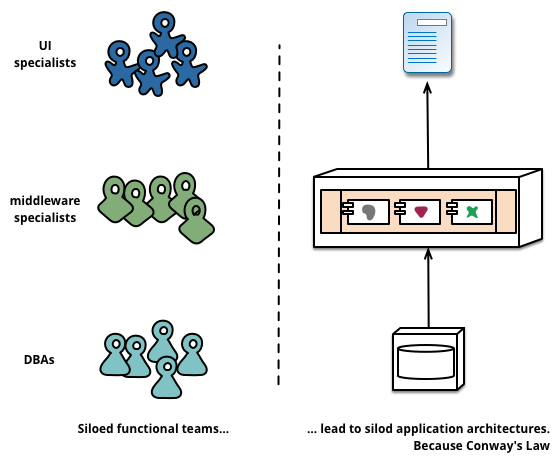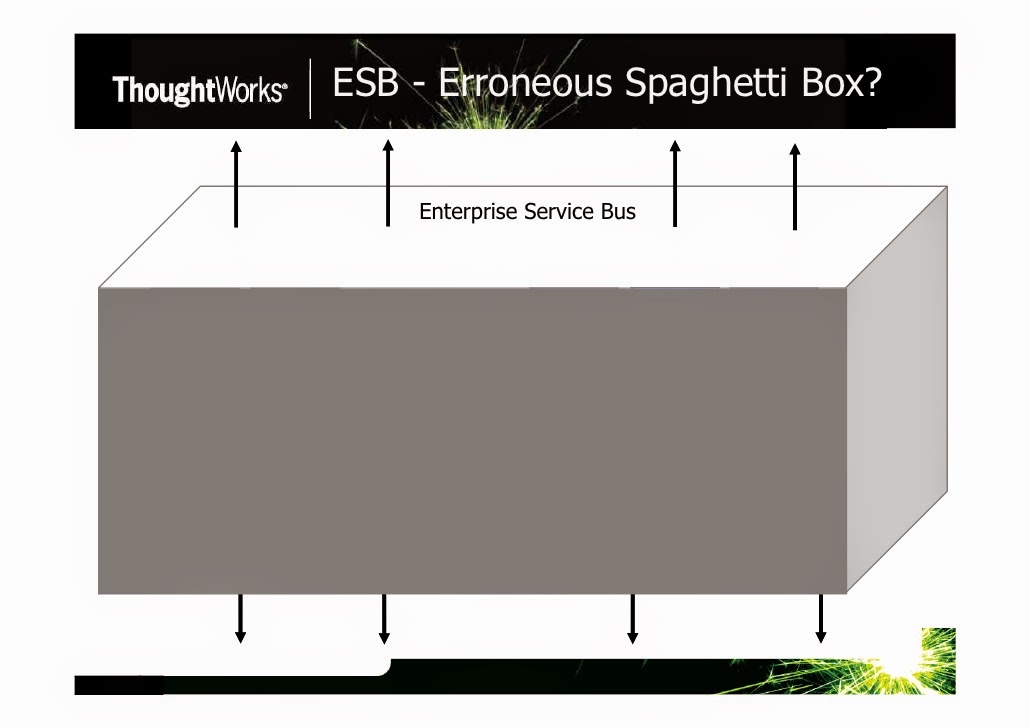
After looking a bit into
Docker, I went on to look into
Vagrant, another well-known tool to provision and configure virtual machines.
To learn about Vagrant, I read the book "
Vagrant: Up and Running". This O'Reilly book is well-written and the examples all work. While doing the exercises on a Windows Server 2012R2 VM, I hardly encountered any problems. Starting the Ubuntu VM with the
vagrant up command and removing it with
vagrant destory.
The Vagrant command line tool allows to create a Virtual Machine in a reproducible and neutral manner. Vagrant was initially developed around the the free VM product
Oracle VirtualBox. But Vagrant now comes with many
other providers, e.g. AWS, Rackspace, IBM SoftLayer and Microsoft Azure. Support for VMWare however is not free ($79).
Vagrant focuses on the creation of Virtual Machines in a neutral manner. Contrary to Docker, it uses an actual Virtualization solution to provision the virtual machines. This allows Vagrant to support multiple Operating Systems in parallel. And offers support for automating the creation of Windows based virtual machines.
When Vagrant is used in combination with Oracle VirtualBox, Vagrant will use the
VBoxManage.exe of VirtualBox. To create machines with a cloud provider, the respective Vagrant provider will leverage the API and tools of the specific Infrastructure-As-A-Service solution. Vagrant configure all sorts of attributes of the virtual machine, incl. e.g. networking (and port forwarding).
For the actual provisioning of the machines, Vagrant supports many options, including command line. But most often, Vagrant will be used in combination with Chef or Puppet. E.g. the
Chef development kit uses Vagrant as its default "driver".
Boxes
Vagrant does not start from an ISO image, but from an already prepared "box". The more such box is pre-configured, the fewer configuration needs to be done afterwards. Vagrant uses its own software format to package the virtual machines that are taken as a starting point (compare to
Amazon Machine Images).
Vagrantbox.es and many others make pre-packaged Vagrant boxes available,
Windows specific
- VagrantManager makes Vagrant accessible from the Windows (or iOS) Taskbar
- The company modern.IE makes Windows boxes with all sorts of IE versions available.
- Interesting blog on how to create Variant Windows boxes
- Vagrant can directly access the command line of Linux boxes over SSH (secure shell). For Windows boxes this cal also be arranged wen cygwin (or other SSH server) is installed. But Vagrant can also use WinRM to access the Windows command line
- Where the installation of software on Linux boxes leverages apt-get or yum to install software packages, Chocolatery wants to bring a similar solution to the Microsoft world; many packages are available for quick and easy installation
- Boxstarter leverages Chocolatey packages to automate the installation of software and create repeatable, scripted Windows environments.
Vagrant and Integration Tools
In my own domain of Application Integration and SOA, I expect that both vendors and customers will pickup tools such as Vagrant for creating and provisioning (virtual) machines. Combined with Chef or Puppet to actually install and configure the software on these machines.














